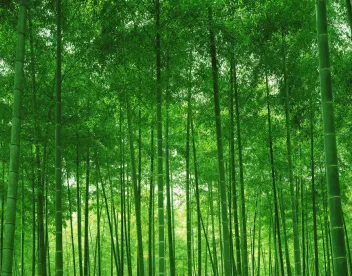Earlier this month OSHA published a guidance document for the tree care industry, “Solutions for Tree Care Hazards.” The two page publication addresses five major hazards for the tree care industry, including traffic control, chippers, aerial lifts, power lines and drop zones for falling objects.
The publication breaks each topic into risk factors and prevention tips and provides additional resources for each topic. For example, for aerial lifts, OSHA addresses major causes of injuries and fatalities from aerial lifts such as falls and electrocutions. Some of the prevention tips offered include:
- inspect the lift and worksite before each use
- set brakes when outriggers are used
- use wheel chocks on sloped surfaces
- use a body harness or a restraining belt with a lanyard attached to the bucket
- tie off to an approved anchor point and stand firmly on the bucket’s floor
Unlike some other industries, there is no specific OSHA standard that regulates employers in the tree care industry. Typically the general industry requirements under Part 1910 apply or OSHA uses the general duty clause, Section 5(a)(1), to enforce the ANSI Z133.1 requirements. Some state plans, like Maryland, however, have adopted Tree Care and Removal regulations.
OSHA does have the promulgation of a comprehensive tree care standard as a long term action item. In the fall 2017 regulatory agenda, OSHA stated:
There is no OSHA standard for tree care operations; the agency currently applies a patchwork of standards to address the serious hazards in this industry. The tree care industry previously petitioned the agency for rulemaking and OSHA issued an ANPRM (September 2008); but the rulemaking was later removed from the Regulatory Agenda due to insufficient resources. Tree care continues to be a high-hazard industry. Stakeholder meetings will allow the agency to update the record and proceed to a future rulemaking.
A stakeholder meeting was held in July 2016 but no further agency action has taken place.




 />i
/>i
